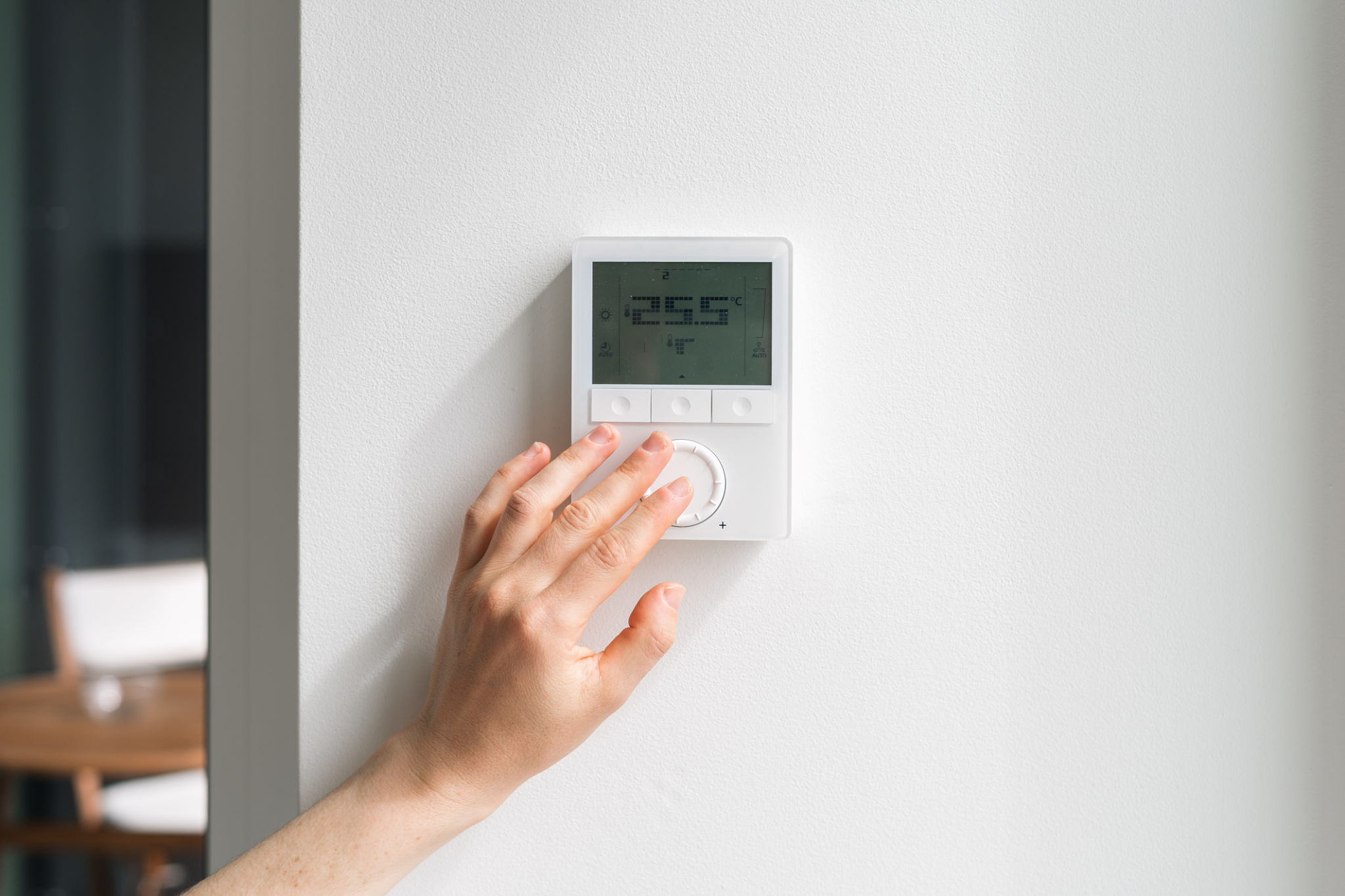Integrating Smart Home Technology into AZ Properties: A Step-by-Step Guide
Understanding Smart Home Technology
Smart home technology has revolutionized the way we interact with our living spaces. By integrating devices and systems that can be controlled remotely, homeowners can enjoy increased convenience, efficiency, and security. Whether it’s adjusting the thermostat from your smartphone or setting the lights to turn on when you arrive home, smart home technology offers endless possibilities.
For property owners in AZ, incorporating smart home features can also enhance property value and appeal to tech-savvy buyers and renters. As you embark on this journey, it's crucial to understand the basics of smart home technology and how it can be seamlessly integrated into your property.

Planning Your Smart Home Integration
Assessing Your Needs
Before diving into the world of smart home technology, it's essential to assess your specific needs and priorities. Consider what aspects of your home life you would like to automate or improve. Common areas include security, energy efficiency, convenience, and entertainment. By identifying these priorities, you can make informed decisions about which technologies will best suit your needs.
Setting a Budget
Smart home integration can range from relatively affordable to quite expensive, depending on the extent of the automation and the devices chosen. Establishing a budget early on will help you prioritize which features are most important and ensure that you make cost-effective choices. Remember, starting with a few key devices and gradually expanding can be a practical approach.
Selecting the Right Devices
The market offers a wide variety of smart home devices, from smart thermostats and lighting systems to security cameras and voice-activated assistants. When selecting devices, consider compatibility with existing systems and ease of use. Opt for products from reputable brands known for their reliability and customer support.

Creating a Centralized Hub
A centralized hub is essential for managing all your smart devices efficiently. This hub acts as the brain of your smart home, allowing you to control everything from one interface. Popular options include platforms like Google Home, Amazon Alexa, and Apple HomeKit. Ensure that your chosen hub is compatible with the devices you plan to integrate.
Installation and Setup
Once you've selected your devices, it's time for installation and setup. While many devices are designed for easy DIY installation, some systems may require professional assistance, especially if they involve complex wiring or integration with existing infrastructure. Always follow manufacturer instructions carefully to ensure proper installation and functionality.

Testing and Troubleshooting
After installation, thoroughly test each device to ensure it operates as expected. This step often involves connecting devices to your hub and configuring settings through an app. If issues arise, consult troubleshooting guides or customer support to resolve them promptly.
Maintaining Your Smart Home
Regular maintenance is crucial to keep your smart home running smoothly. This includes updating software, replacing batteries in wireless devices, and monitoring system performance. Keeping your technology up-to-date ensures optimal performance and security.
Integrating smart home technology into AZ properties offers numerous benefits for homeowners and property managers alike. By following this step-by-step guide, you can create a more efficient, secure, and enjoyable living environment.